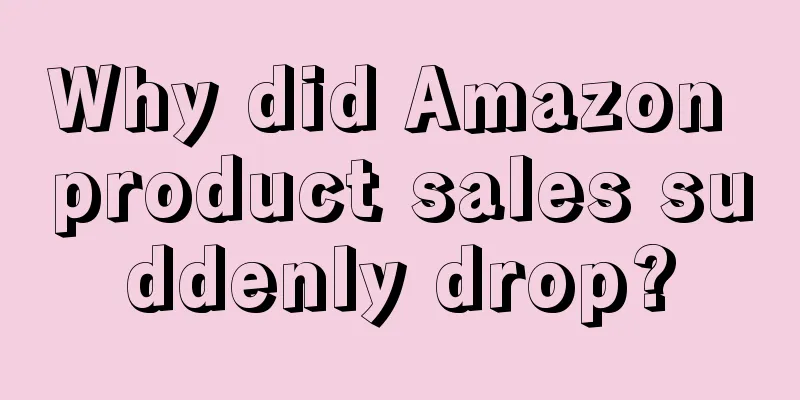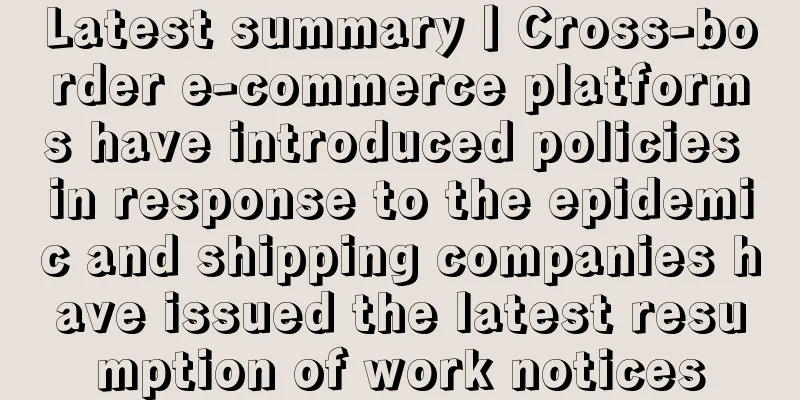|
text 1. The internal causes are as follows:
1. If you change the product node of a well-performing listing, that is, modify the category, the Amazon A9 algorithm will re-match the product keywords and your target customers, so the traffic will also change, some of which may get better or worse. 2. If your product exposure rate becomes lower and lower, the product's natural ranking will become lower and lower, which means that your exposure will continue to decrease, traffic will be lost, and the order volume will also decline. 3. If you have received any product complaints recently, Amazon will implicitly demote your listing. 4. Offer product discounts and giveaways. 5. Your account will be restored after your appeal is approved. Please wait patiently. 6. You have recently placed fake orders and made fake reviews. Although Amazon has not pursued the matter, it has already demoted your account. 7. Performance score assessment is reduced, such as whether email replies are timely, ODR, and refund rate increase. Second, the external factors are as follows: 1. Lose the shopping cart, be copied by others, or have competitors put new models on the product page. 2. Add your Amazon Listing to be included in the Add-on Item. Add-on item means low-priced and cheap products. 3. The product is a seasonal product or a holiday product 4. Your product has recently received negative reviews, resulting in a decrease in the weight of the listing and a decrease in traffic. 5. Is your product participating in flash sales in the near future? Flash sales by celebrities outside the site will increase traffic, but the traffic will return to its original state after the flash sales. Factors affecting the decline in orders: 1. Market demand We often say that a good choice needs to meet the needs of the market. This is easy to understand. If a product is produced that no one needs, then naturally no consumers will buy it. So why does the product suddenly fail to meet market demand? It may be because: 1. Products have obvious peak and off-seasons. For example, seasonal products and festive products have obvious peak and off-seasons. When the products enter the off-season, sales will show a significant decline. 2. The product has strong competitors in the market. A product that meets the demand will quickly attract competitors. When your own product is surpassed by competitors in terms of function, or when competitors have an advantage in price, your product sales will be snatched away. Factor 2 that affects the decline in orders: being copied and having your gold shopping cart stolen Sellers who have learned about the gold shopping cart should be aware that consumers who purchase products through the gold shopping cart, also known as the buybox, account for as high as 80%. If the gold shopping cart that originally belonged to you is snatched away by other competitors, then your order will definitely be snatched away as well. For this reason, when sellers find that their product sales have declined, they need to check whether their gold shopping cart is still in their hands. Factor 3 that affects the decline in orders: negative reviews on the listing Negative reviews are very harmful, and sellers should be fully aware of this. A negative review can easily take away potential orders on this listing. Many consumers see negative reviews when viewing products, and it is very easy for them to close the page and make a new selection. Therefore, when sellers find that their product sales have dropped, they can check whether there are negative reviews for this product. If so, they must deal with it in a timely manner. Factor 4: Decline in ranking and advertising offline When it comes to product sales on Amazon, traffic is a factor that directly affects sales, and factors that affect traffic include the natural ranking of keywords and in-site advertising on Amazon. Therefore, when sellers find that their product sales have dropped, they can go to the Amazon front desk to search for keywords to see if the ranking of their frequently ordered keywords has dropped, and check the advertising report on Amazon to see if the orders from the ads have dropped. If so, check whether there are changes in the display volume and display time of the ads. If so, you need to check in time what changes have occurred in your in-site ads that have led to a drop in orders. Finally, we can look at the problem from the perspective of the entire industry If the overall performance of the industry is on the rise, but your own store is not so good, you need to carefully analyze the recent average conversion rate of the top sellers in the industry and compare it with your own conversion rate. The gap in data indicators can clearly and intuitively tell you where the difference is and where the problem lies, and then you can improve and optimize based on your own situation.
|










